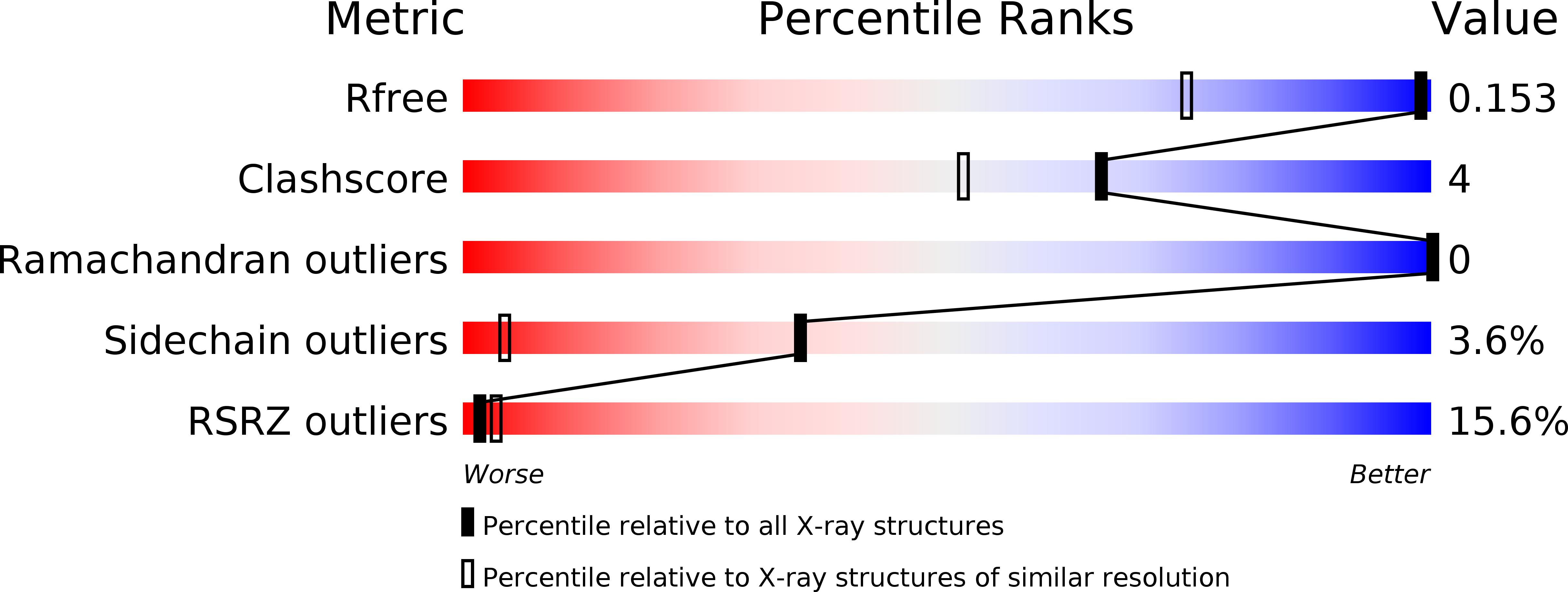
Deposition Date
2012-08-27
Release Date
2012-09-19
Last Version Date
2024-02-28
Entry Detail
PDB ID:
4GS3
Keywords:
Title:
Dimeric structure of the N-terminal domain of PriB protein from Thermoanaerobacter tencongensis solved ab initio
Biological Source:
Source Organism:
Thermoanaerobacter tengcongensis (Taxon ID: 273068)
Host Organism:
Method Details:
Experimental Method:
Resolution:
1.09 Å
R-Value Observed:
0.12
Space Group:
C 1 2 1


